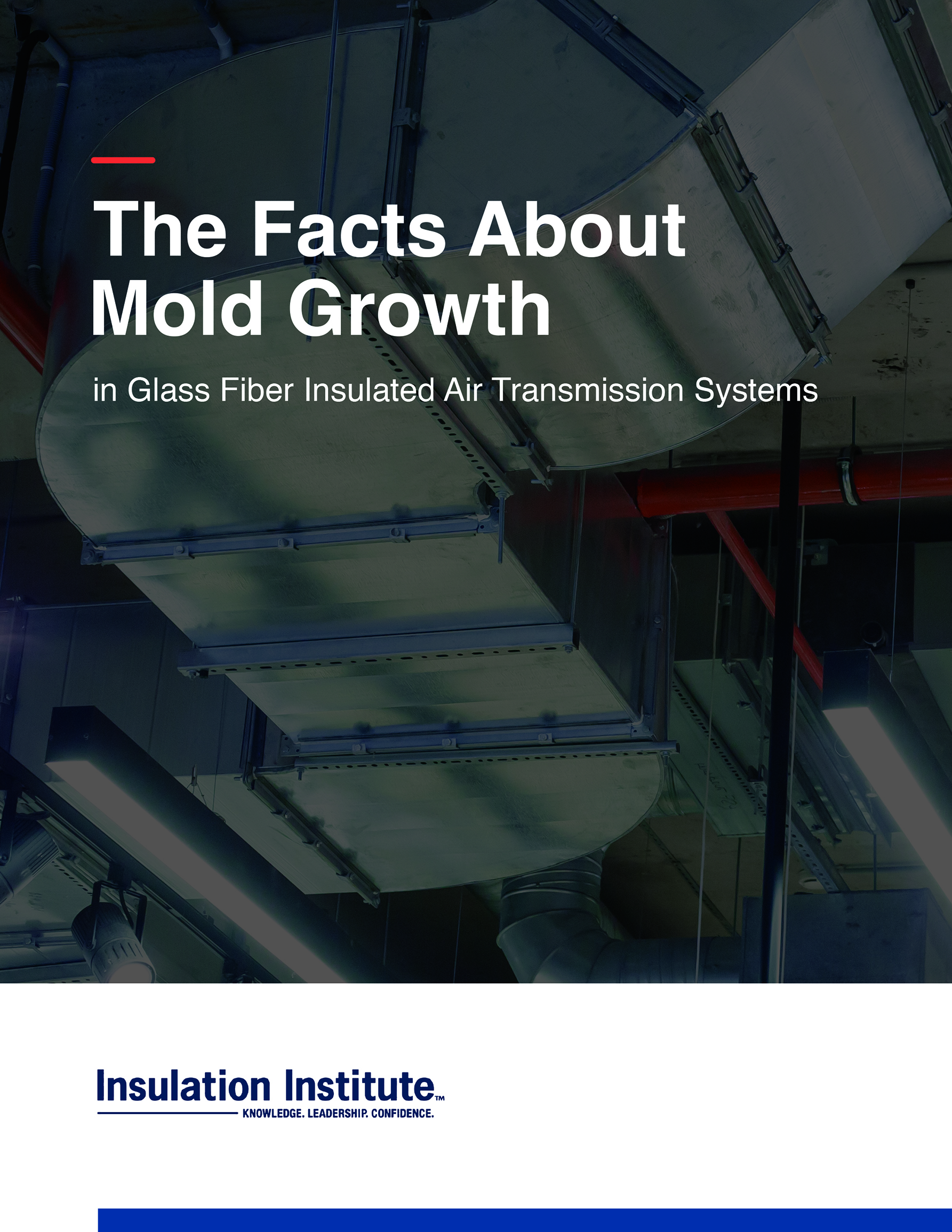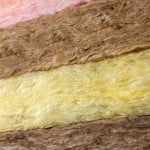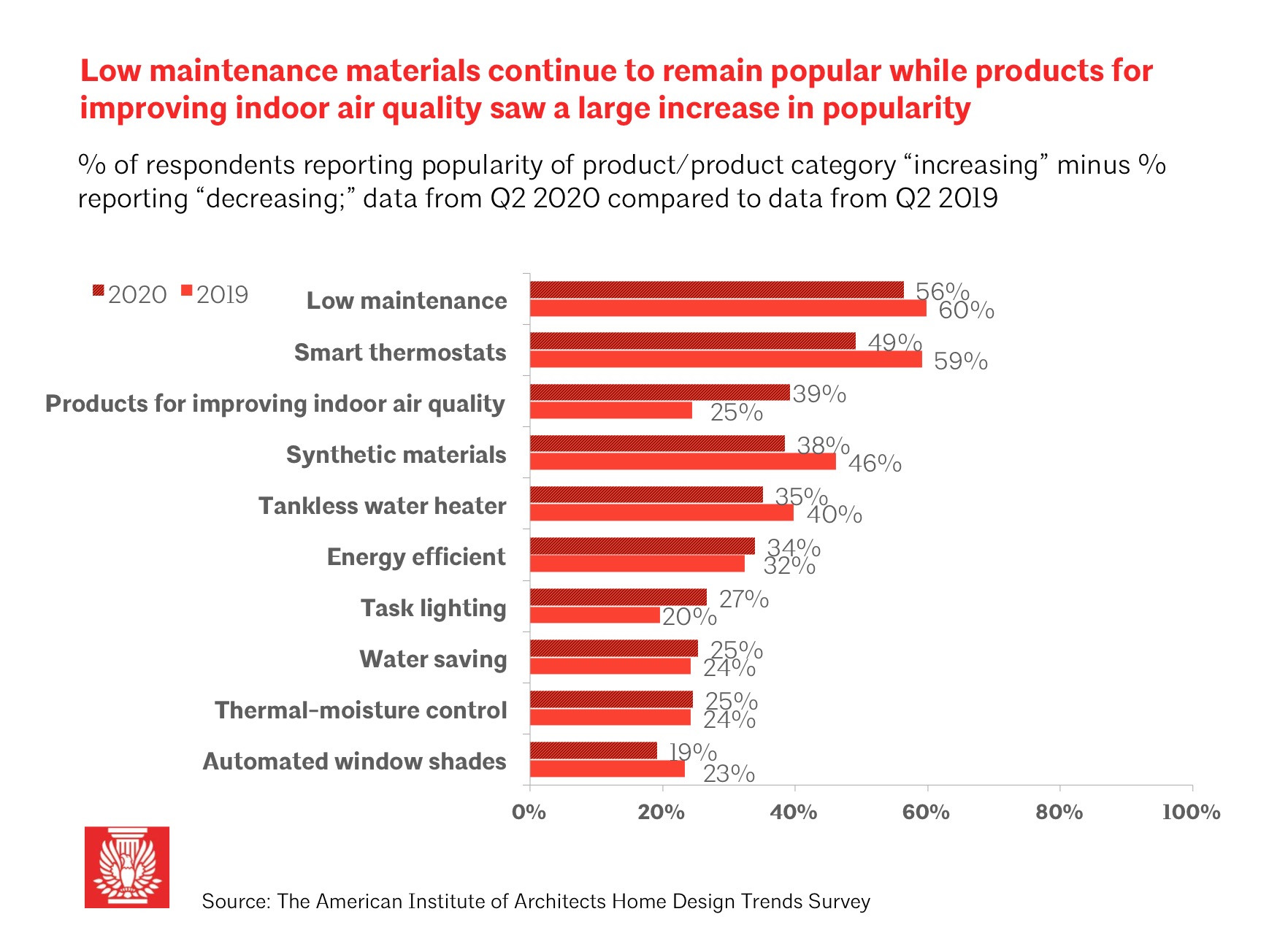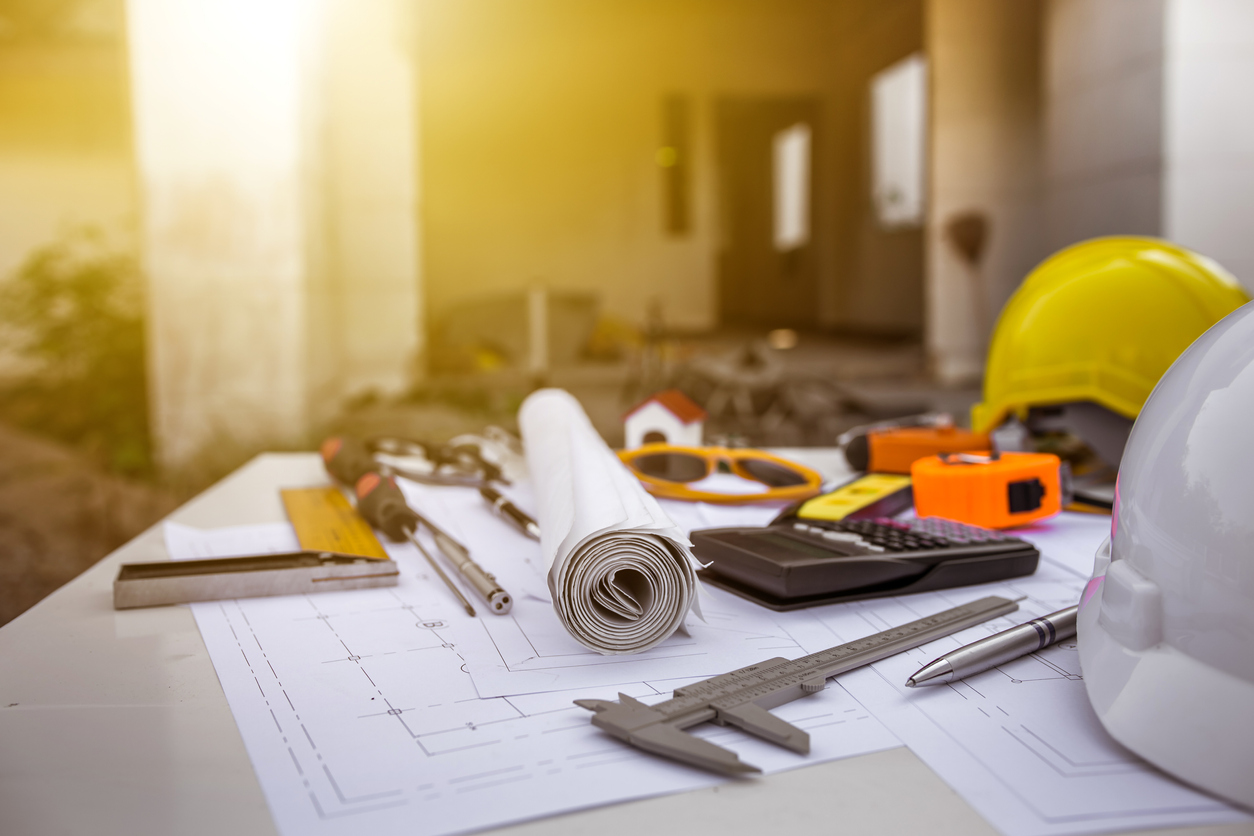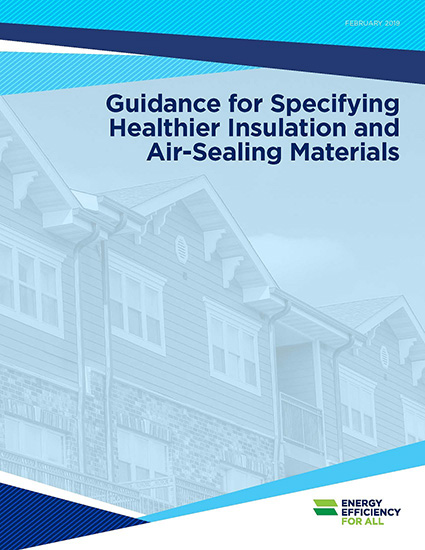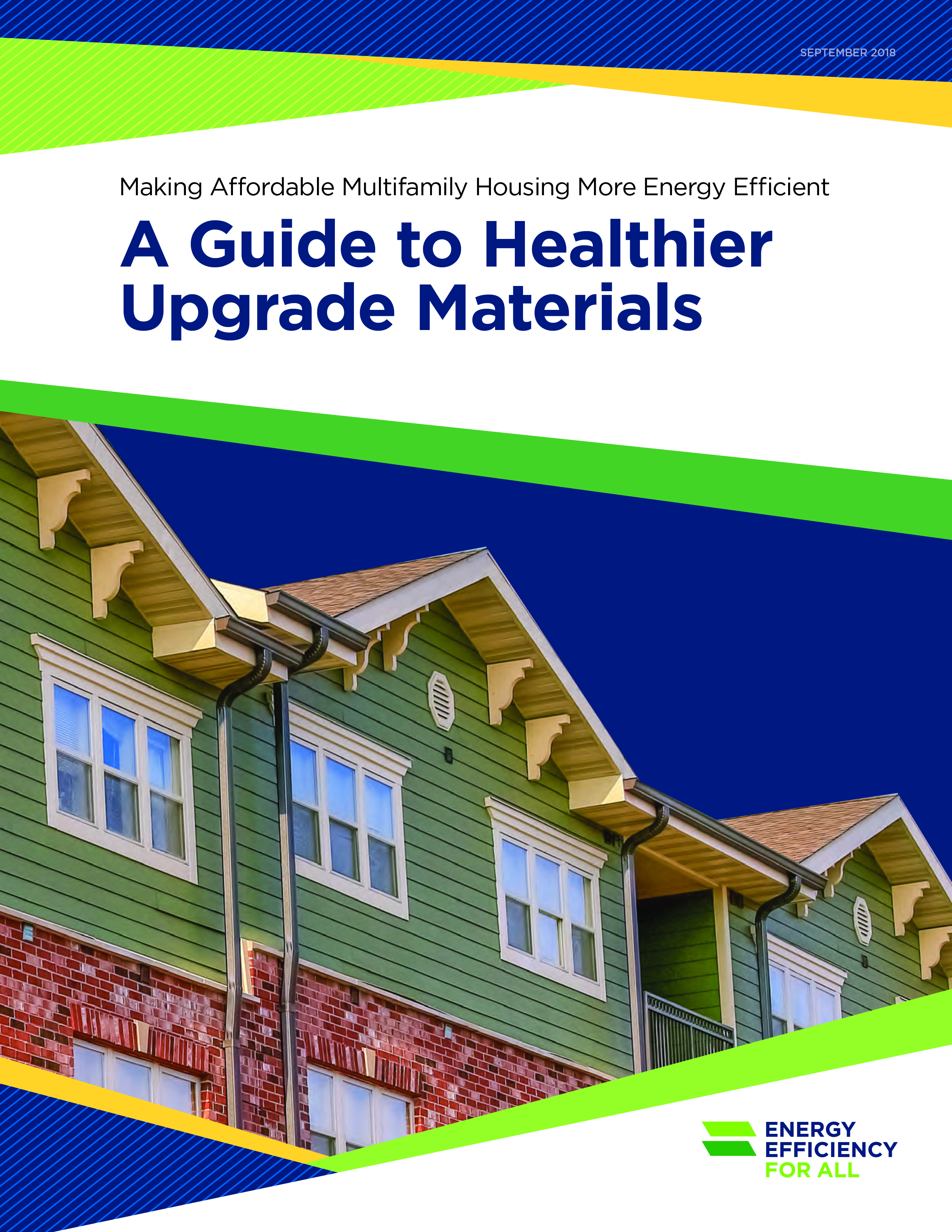Fiberglass duct liners and duct board have been incorrectly blamed for contributing to mold growth in high humidity and high temperature conditions. The fact is that fiberglass is inherently resistant to mold growth. Stringent testing in accordance with UL and ASTM standards confirms that fiberglass duct liners and duct board do not support mold...
Man-made vitreous fibers (MMVFs) or synthetic vitreous fibers (SVFs), specifically glass, rock/stone or slag wools, have multiple end-use applications but are most commonly used as insulation. MMVFs have been studied by health and safety experts for decades. Most notably, the potential carcinogenicity (ability or tendency to produce cancer) of...
This month’s extreme cold snap in Texas and resulting failure of the state’s power grid offers some important lessons in the rear-view mirror. This week, we look at three takeaways from this month’s crisis and how we can better prepare for the next one.
A plethora of new reports indicate that coronavirus is shaping home design trends in the U.S. and globally. Among them, the American Institute of Architects Home Design Trends Survey shows that more outdoor features and flexible spaces are highly desirable. The survey also shows products that improve indoor air quality, thermal moisture control,...
The infectious disease and HVAC engineering communities have been grappling with the complexities of COVID-19 transmission for the past nine months. Increased HVAC fresh air has the potential to dilute and remove the aerosol droplet particles of COVID-19 that many experts believe is one of the main sources of transmission. Now the building science...
Transformations taking place in both the home energy efficiency arena and healthcare are coming together in ways that present opportunities for these industries to work collaboratively to improve outcomes for customers. VEIC, a sustainable energy company with a mission to enhance the environmental and societal benefits of clean and efficient...
While the growing legalization[1] of cannabis in the U.S. may be fueling new industries and is leading to an economic boom in states where it is legal, the use of drugs and alcohol on the job site can have a devastating impact on safety. Drug and alcohol abuse is prevalent among full-time construction
Energy Efficiency for All recently released a new report, “Guidance for Specifying Healthier Insulation and Air-Sealing Materials.” The new report is a supplement to a publication produced last fall, “Making Affordable Housing More Energy Efficient: A Guide to Healthier Upgrade Materials,” which ranked insulation materials used in multifamily...
Fiberglass insulations received a ringing endorsement in a recent report by Energy Efficiency for All (EEFA) that examines the health impacts of materials used in weatherization and energy efficiency upgrades for low-income multifamily housing stock.
The report reviews the materials used in these retrofits and ranks products – including various...
As advocates for building energy efficiency, Insulation Institute and many other organizations support the development and adoption of model residential building energy codes like the 2015 International Energy Conservation Code (IECC). Unfortunately, code adoption is literally “all over the map,” in the United States. Twenty-two states have a...

